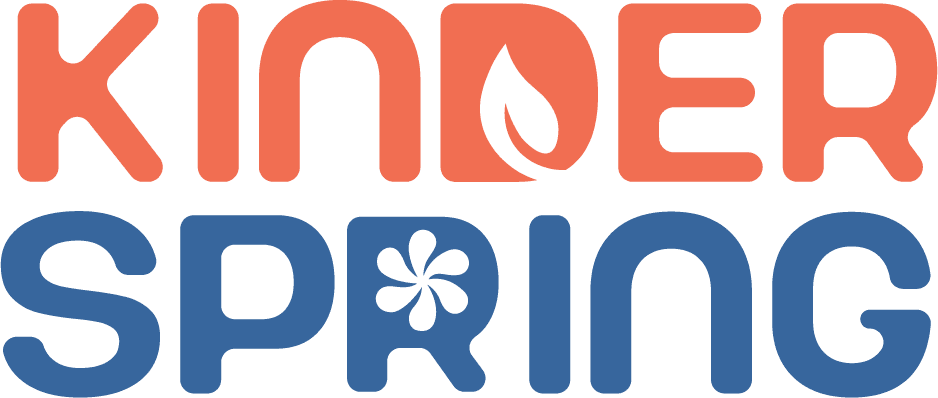From misplacing keys to going on impulsive shopping sprees, ADHD shows subtle signs in everyday behavior. Ever felt that a hundred things are going through your mind, but you can’t focus your attention on one thing? That’s another way in which everyday life goes on for a person with ADHD. Let's look at how signs of ADHD can sneakily show up in one’s life.
What exactly is ADHD?
ADHD (Attention Deficit Hyperactivity Disorder) is a neurodevelopmental disorder characterized by reduced attention span, hyperactivity, and impulsiveness. Early diagnosis, behaviour therapies, and medications can create a significant difference.
What are the different types of ADHD?
There are 4 types of ADHD, which are given below:
Mostly inattentive (Inattentive ADHD): Difficulty focusing and finishing tasks can be a major sign of Inattentive ADHD.
Hyperactive-Impulsive ADHD: These individuals have difficulty being in one place or sitting still.
Combined ADHD: They exhibit signs of both the above types of ADHD. They are both hyperactive and impulsive.
Non-specified ADHD: Individuals with this type of ADHD can exhibit symptoms that can interfere with their daily life, but they don’t exhibit the symptoms listed above. They would be diagnosed under “unspecified ADHD.”
How does ADHD manifest in day-to-day life?
It is important to note that ADHD signs do not necessarily need to be loud and obvious. Sometimes, it is subtle. ADHD signs can manifest in childhood itself (3-17 yrs of age), but it might not be diagnosed in some people until they reach adulthood.
Let us look at common signs of ADHD:
Forgetful and prone to misplacing things easily.
Trouble focusing on activities like listening to lectures or reading long passages.
Seems distracted in conversations.
Difficulty in task completion (For instance, difficulty finishing homework).
Restless and fidgets a lot (unable to sit quietly and do tasks).
Jumps, runs around, or climbs when they are supposed to sit still (especially observed in children).
Talks more than expected.
Interrupts and cuts conversations often.
Reduced self-esteem (as people with ADHD are highly self-critical).
Procrastinate or ignore deadlines.
It is important to note that younger children can be naturally hyperactive and energetic. Take the child to a healthcare professional if you suspect signs of ADHD and do not self-diagnose it.
How can I manage my child with ADHD at home?
If your child has been diagnosed with ADHD, you can manage your child at home by applying small strategies. Let us look at them:
- Create a checklist to organize your child’s stuff. You can stick it on the child’s room door or walls so that they don't forget it. Mention how to organize toys, books, etc in it.
- Use a planner or calendar to remind them of important events/occasions.
- Reinforce positive behavior by rewarding them. Avoid harsh punishments.
- Pick out a proper, quiet area (free of distractions) for study time.

